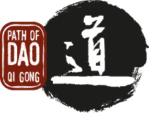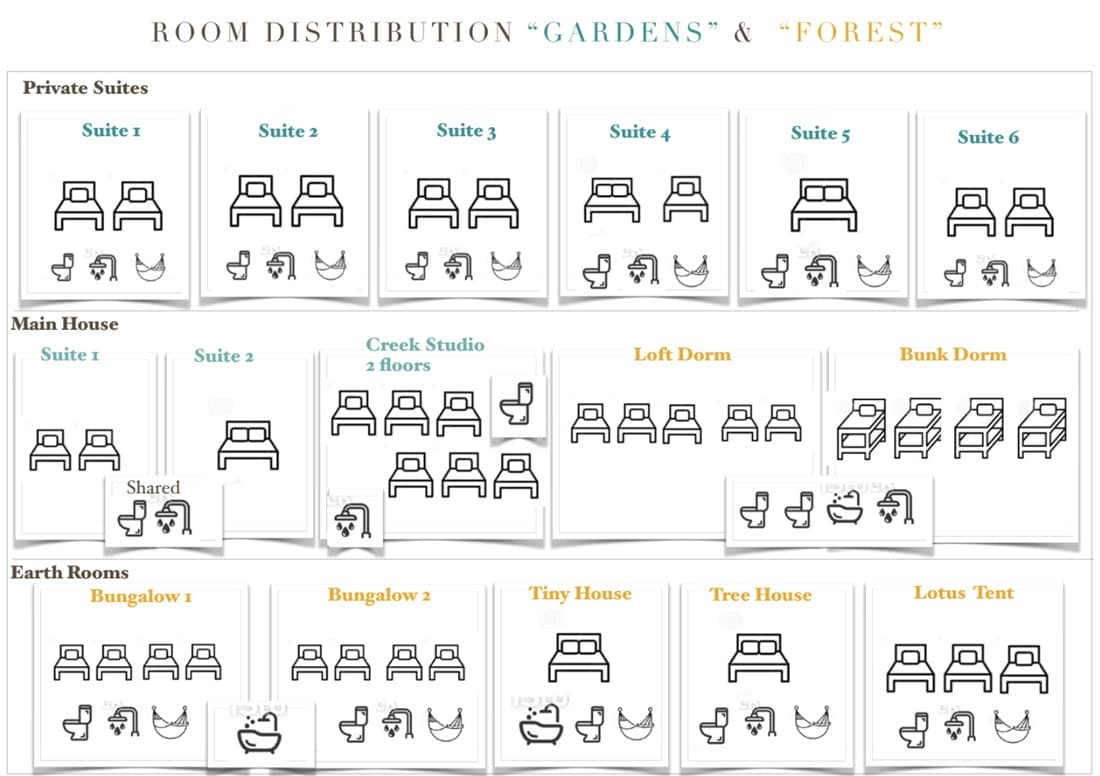Methods
taijiquan

Tai means the highest, the ultimate, the complete. Ji stands for a state of…, for principle, order or just for being. Put together we could say: a state of complete being. A principle of highest, ultimate order. Quan originally stands for fist and refers to martial arts in general, which are named Quanfa in Chinese. So, we are talking about the usage and skills of our hands. We talk about acting and action.
From the point of view of practicing within the Path of Dao system we would say, Taijiquan is the ability of taking action in a state of being complete, of acting according to the principle of the ultimate order.
Hands are crucial in the human development and in being human.
Thus, our acting is pathbreaking, our actions deciding.
If we achieve the ability of acting accordingly to Taiji, we are able to manifest and experience highest order and harmony. This is expressing our human potential, our capacity as a human being. In this we see another meaning, reading of the Chinese word Tai: peace, harmony.
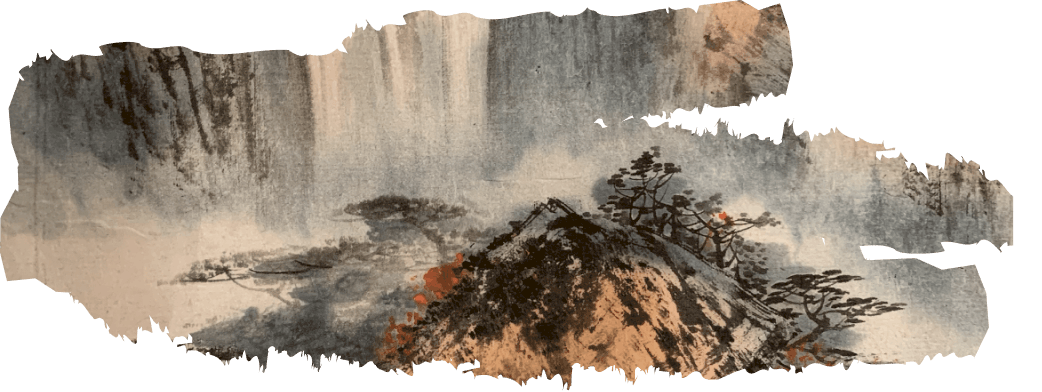
We can understand Taijiquan as a more complex and advanced form of Qi Gong. The ability of moving and guiding Qi is learned in Qi Gong and comes to full blossom and beauty in Taiji.
Smoothness, continuity, flow and depth – aspects of Yin are essential in every Taiji exercise and are developed, refined and cultivated through constant practice.
Before the term of Taijiquan was established, this way of practicing was known as “long boxing”, short for “long river boxing”, illustrating the movements of Taijiquan as a slow and steady stream – coherent, substantial, absorbing everything, not ending, consistent and timeless. These qualities, when achieved and perfectioned, show how Taijiquan offers and transforms towards a practice of meditation (in motion).

Allow your life to unfold naturally
Know that it too is a vessel of perfection
Just as you breathe in and breathe out
– Dao de Jing 29 –

To fully understand and experience Taijiquan, to make it perceptible, functional, powerful and effective, we practice aspects of martial arts. Partner work, applications and Tuishou (Push Hands) are part of every training.

Discover our Methods
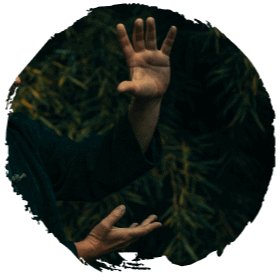
QI GONG
“When it (the Qi) goes down it becomes quiet. When it becomes quiet it will concentrate. When it becomes concentrated it will begin to sprout. After it has sprouted it will grow. As it grows, it will rise up (to the upper regions). When it has risen up it will reach the crown of the head. Above, it will press against the crown of the head. Below, it will press downwards. Whoever follows this will live, whoever acts contrary to it will die.”
First document of “Dao Yin” - carved in two Jade stones about 600 b.C.
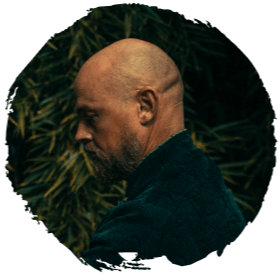
MEDITATION
Meditation is not sitting still, Meditation is sitting in stillness – cultivation of stillness.
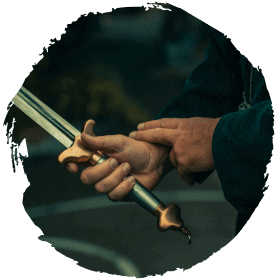
WEAPONS
In modern times, traditional weapons are no longer known and in use. Weapons and their usage are often and mostly associated with violence and fighting. In Daoist teaching and practice the approach is a totally different one. Here, weapons and their usage play a superior and leading role.
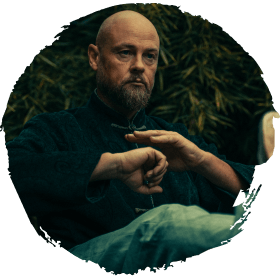
INNER MARTIAL ARTS
When it comes to (inner) martial arts, most people think of fighting and rough violence, physical confrontation – they see how sheer physical strength overcomes the weak violently, possibly with some tricks or magical superhuman powers. That is not at all what it is about. That’s not how we perceive things…
